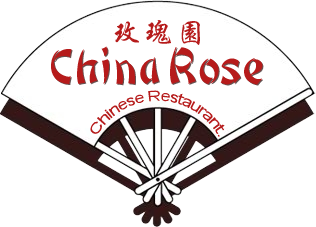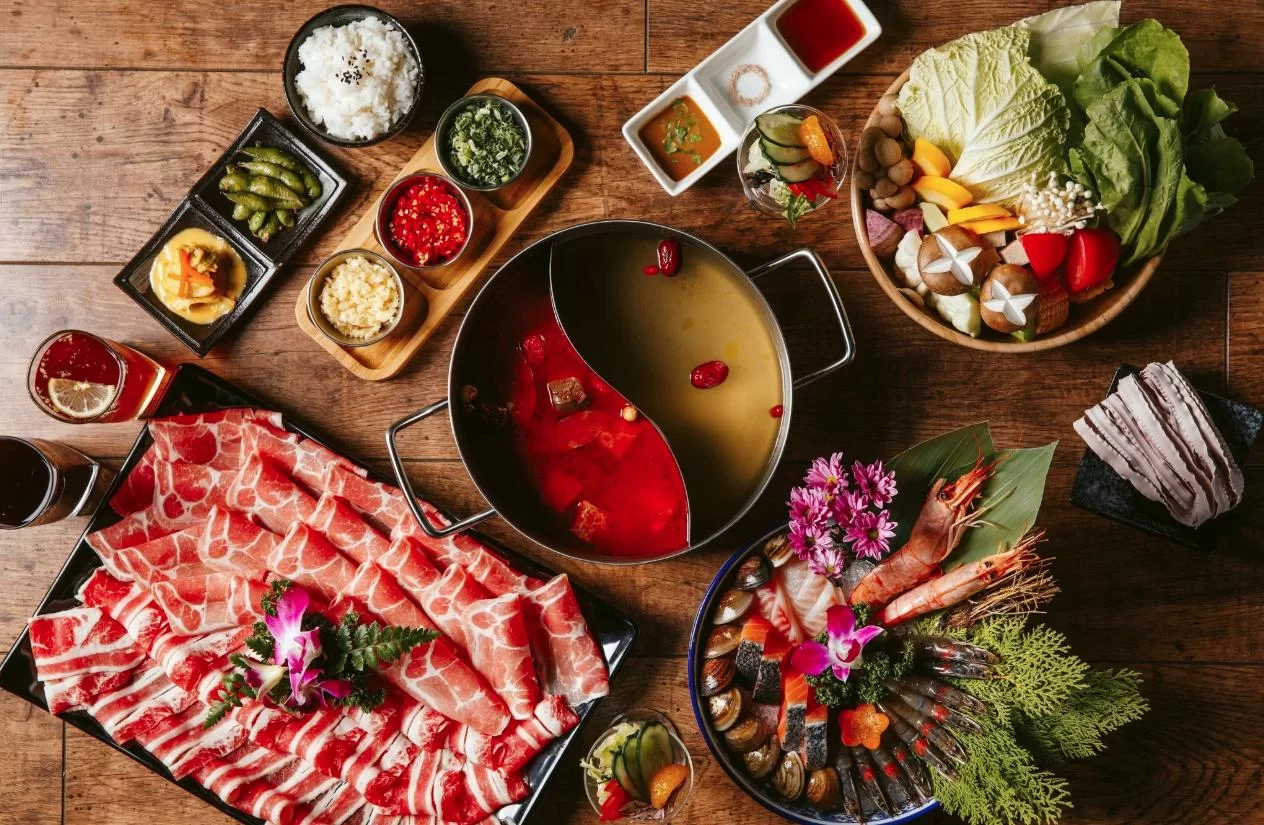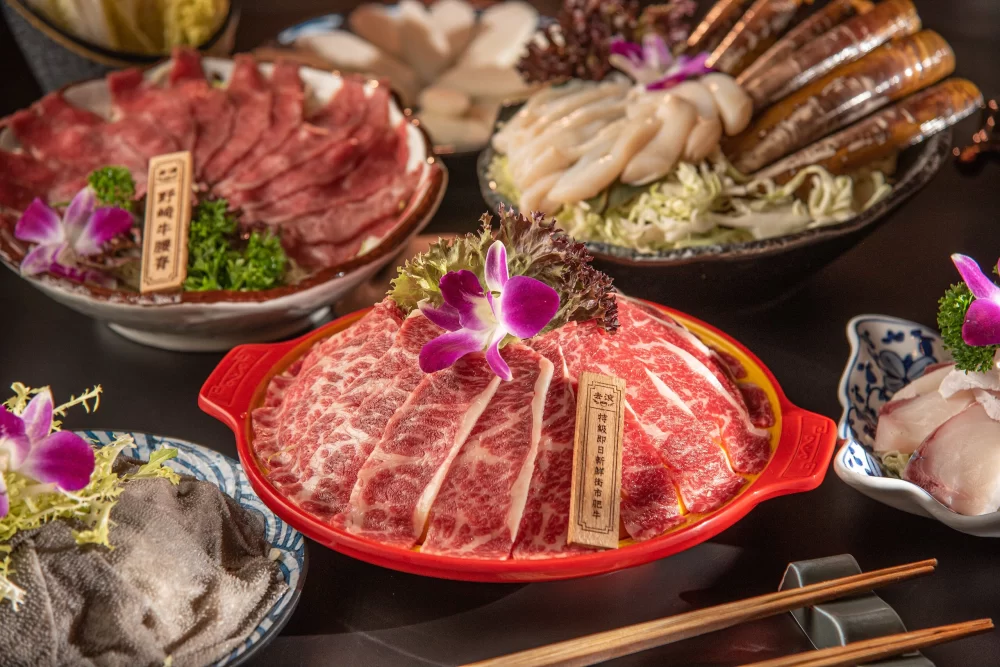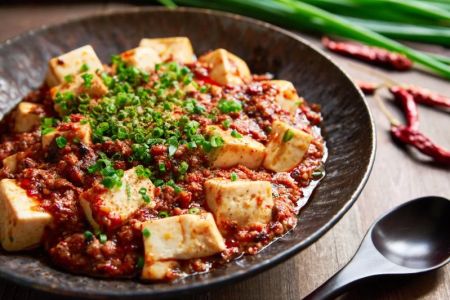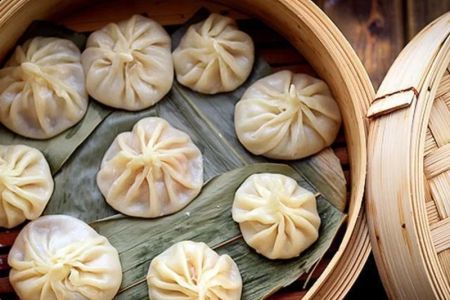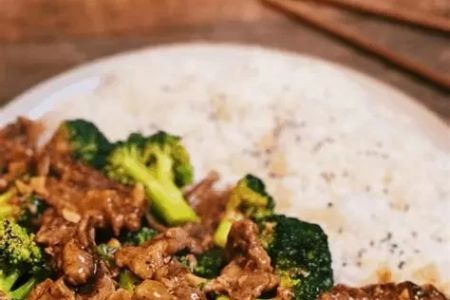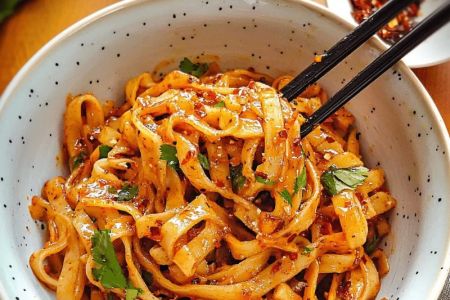- Importance-of-Chinese-Food-Allergen-Awareness-Training-in-the-USA
- Key-Components-of-Effective-Allergen-Training-for-Chinese-Food
- Challenges-Specific-to-Chinese-Cuisine-Allergen-Management
- Real-World-Examples-Highlighting-the-Need-for-Allergen-Awareness
- How-to-Access-Quality-Allergen-Awareness-Training-and-Resources
1. Importance of Chinese Food Allergen Awareness Training in the USA
In recent years, allergen safety has become a critical concern within the American food industry, particularly in restaurants serving diverse cuisines such as Chinese food. Chinese food allergen awareness training in the USA plays a vital role in protecting customers from severe allergic reactions by educating restaurant staff about common allergens found in Chinese dishes. This training not only helps ensure compliance with food safety regulations but also builds trust between the restaurant and its patrons.
The prevalence of food allergies in the U.S. population—affecting nearly 8% of children and 10% of adults—makes allergen awareness an essential part of responsible restaurant management. Given that Chinese cuisine frequently incorporates ingredients like soy, peanuts, shellfish, and sesame, specialized allergen training tailored to this cuisine is indispensable. Such education minimizes cross-contact risks and enhances the ability of staff to respond appropriately to allergen-related emergencies.
1.1 Protecting Customers and Business Reputation
Restaurants that invest in comprehensive allergen training reduce the likelihood of accidental allergen exposure, which can lead to medical emergencies and legal repercussions. A well-informed team is better equipped to provide accurate information, handle special dietary requests, and foster a safe dining environment. This proactive approach also strengthens the restaurant’s reputation and customer loyalty, vital in a competitive market.
1.2 Regulatory Compliance and Industry Standards
In the USA, food service establishments must comply with regulations such as the Food Allergen Labeling and Consumer Protection Act (FALCPA) and local health department requirements. Chinese food allergen awareness training ensures that restaurants meet these standards through proper labeling, staff education, and safe food handling procedures. Regular training updates also help businesses stay current with evolving laws and best practices.
2. Key Components of Effective Allergen Training for Chinese Food
Effective allergen awareness training for Chinese food must address the unique ingredients, preparation techniques, and dining customs associated with this cuisine. The following components are essential:
2.1 Identification of Common Allergens in Chinese Cuisine
Training programs should cover the top allergens often found in Chinese dishes, including soy products (tofu, soy sauce), peanuts, tree nuts, shellfish, eggs, wheat, sesame, and dairy. Staff need to recognize these ingredients in both obvious and hidden forms, such as sauces and marinades.
2.2 Cross-Contact Prevention Strategies
Cross-contact—when allergens unintentionally transfer to allergen-free food—is a significant risk in busy kitchens. The training should emphasize proper cleaning of utensils, separate preparation areas, and strict personal hygiene practices. Demonstrating real-life scenarios helps staff understand and mitigate these risks effectively.
2.3 Communication and Customer Interaction
Clear communication with customers about their allergies and the ingredients in dishes is crucial. Training should equip servers and kitchen staff with the skills to ask the right questions, provide accurate information, and document allergy requests reliably. This also includes guidance on how to handle requests for allergen-free alternatives without compromising flavor or authenticity.
3. Challenges Specific to Chinese Cuisine Allergen Management
Managing allergens in Chinese cuisine presents unique challenges due to the complexity and diversity of its dishes. Many recipes involve multiple sauces, shared cooking oil, and ingredients that are not always clearly labeled. Additionally, some traditional Chinese cooking methods like stir-frying can increase the risk of allergen cross-contact.
3.1 Complex Ingredient Lists and Hidden Allergens
Chinese dishes often contain ingredients like oyster sauce, hoisin sauce, or fermented pastes that may harbor allergens not obvious to the untrained eye. This complexity requires kitchen staff to have thorough ingredient knowledge and supplier transparency to prevent accidental exposure.
3.2 High Volume and Fast-Paced Environments
Chinese restaurants can be extremely busy, especially during peak hours, which increases the potential for mistakes. Efficient workflow design and ongoing allergen training help maintain safety without slowing down service. Emphasizing teamwork and clear protocols reduces errors and builds confidence among staff.
4. Real-World Examples Highlighting the Need for Allergen Awareness
In 2019, a well-known Chinese restaurant chain in California faced a lawsuit after a customer experienced a severe allergic reaction to undeclared peanuts in a dish. Investigations revealed inadequate allergen training and cross-contact control in the kitchen. This case underscores how vital thorough allergen awareness training is, especially for Chinese cuisine, to avoid health risks and legal consequences.
Another example comes from a smaller family-owned Chinese restaurant that implemented a comprehensive allergen training program after a close call involving a customer with a shellfish allergy. Staff shared stories of how the training transformed their understanding of allergen safety and improved overall kitchen hygiene, creating a safer environment and stronger customer relationships.
5. How to Access Quality Allergen Awareness Training and Resources
Restaurants and food businesses seeking to enhance their knowledge can find valuable allergen awareness training tailored for Chinese food on platforms like Chinese Food. These resources offer courses, guides, and consultation services designed to meet the specific needs of Chinese cuisine establishments in the USA.
5.1 Customized Training Solutions
Chinese Food provides training materials that cover ingredient identification, kitchen safety protocols, and customer communication best practices. The flexibility of online and in-person options allows restaurants to choose the format that fits their schedule and operational style.
5.2 Ongoing Support and Updates
Food safety is an evolving field, so continuous education is key. Reliable training programs offer updates on new allergens, regulatory changes, and emerging industry trends. This ensures that staff remain knowledgeable and prepared for any challenges.
By prioritizing Chinese food allergen awareness training in the USA, restaurants not only safeguard their customers but also enhance their brand credibility and operational excellence. For comprehensive resources and expert guidance, visiting Chinese Food can provide the most suitable solutions tailored to your needs.
